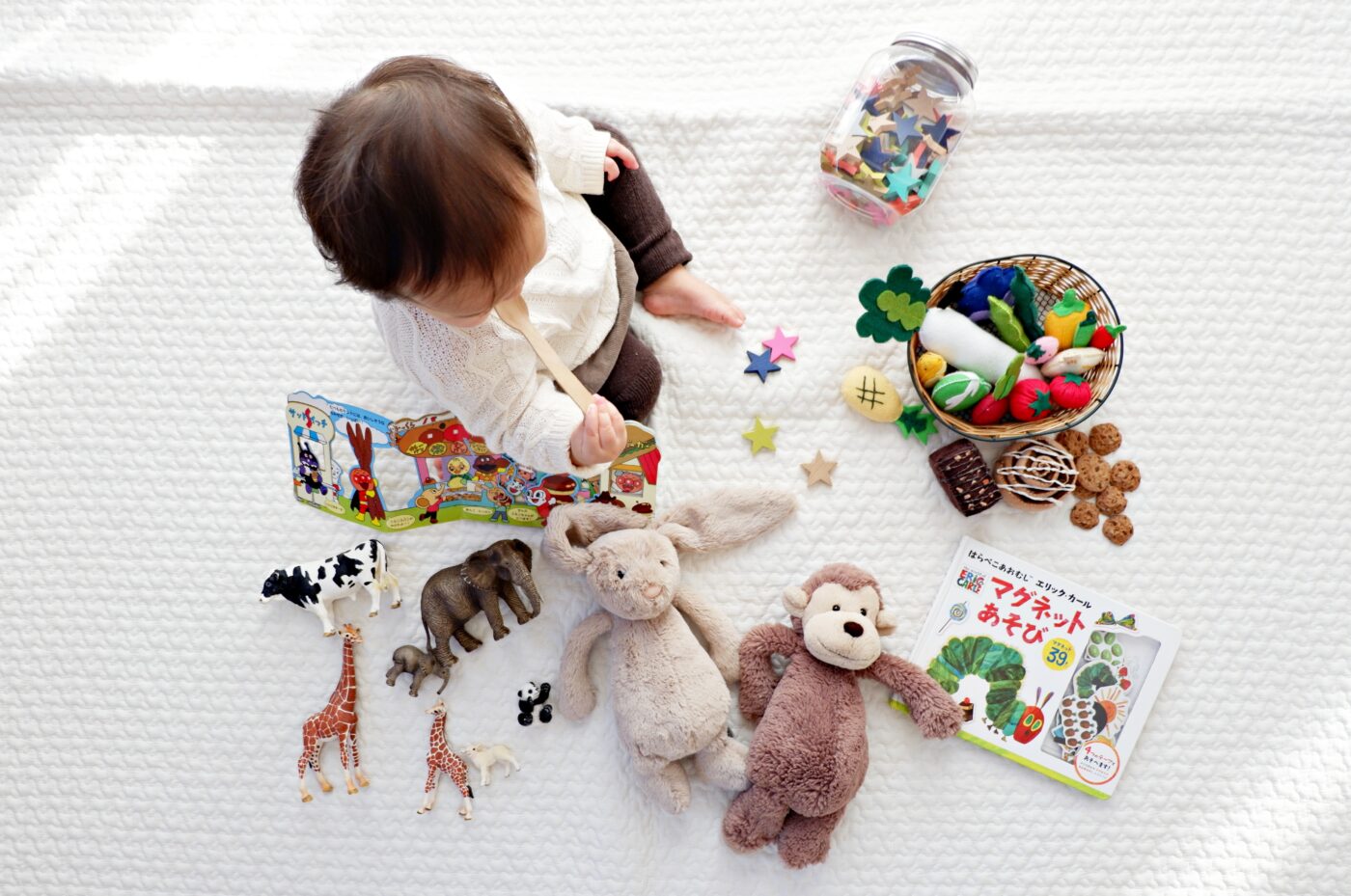A guide to the five stages of play
The 5 stages of play are imperative for learning skills such as social skills, problem-solving, critical thinking, maths, risk taking, negotiations, estimations, sequencing events and more.
Read more

Babies hear and learn to recognise different sounds even before they are born. Each language is made up of approximately 40 sounds and babies’ brains can distinguish between over 800 sounds. This allows for them to capably learn any language at birth, so how can we support that?
By the time a baby is 11 months old they start to lose the ability to distinguish between the different sounds so if they have been exposed to only one language, they will follow the language that they have been exposed to most.
Vocabulary sizes of bilingual children combined across both languages is often greater than or equal to those of monolingual children. Children sometimes borrow or retrieve a word they are looking for from the alternate language, this is called ‘code switching’.
As they get more proficient in the language and build vocabulary the code-switching still happens but very quickly. Even bilingual adults still use code-switching although they don’t even know that they are doing it.
There have been studies that prove that this code-switching actually promotes development in bilingual and multilingual children and their ability to problem-solve and shift attention.
Some children who are acquiring a new language may go through what is called a ‘silent period’. This is a stage where they may become non-verbal as they tune in to new sounds and acclimatise to their rhythm and patterns. Once the child feels confident enough, they will try out words in the new language. Often this comes out in songs or when playing in a familiar area such as the home corner.
The time that the child is in the silent period can vary and it’s helpful for parents to keep your child’s key person up to date on new words your child is saying at home in either language so that a silent period does not get mistaken for a language delay.
Raising a multilingual child can seem challenging as you figure out who speaks which language and when. Once you have a system and you are consistently reinforcing their learning your child will soon be confident switching between them.
At N Family Club we always try and support you and your child by using familiar language wherever possible, for example, if your child calls you mama and tata rather than mummy and daddy.